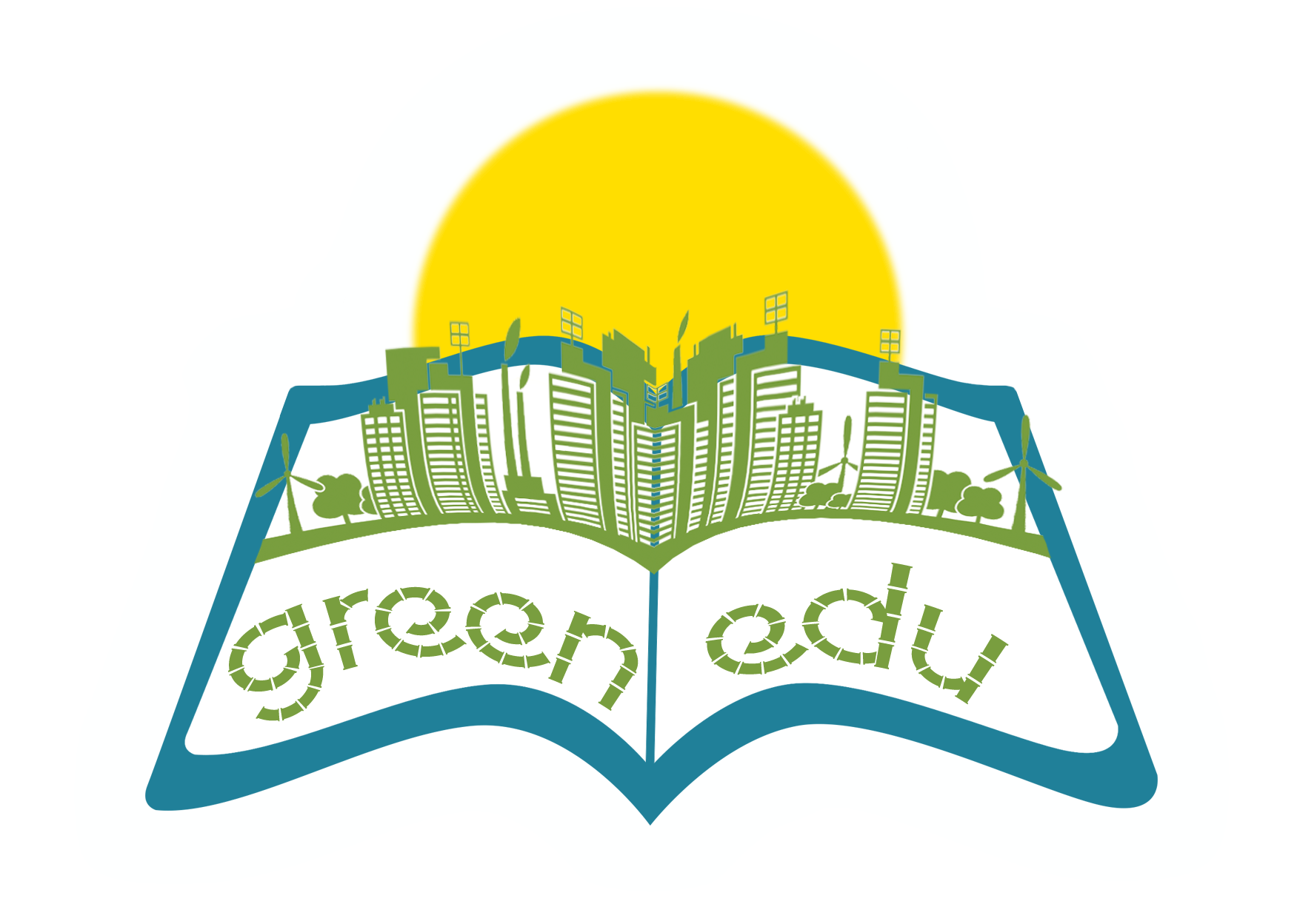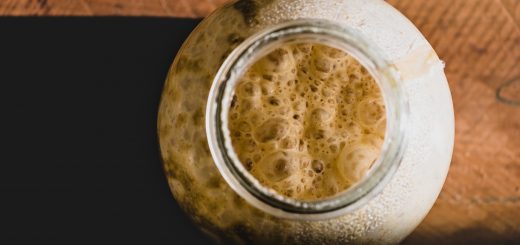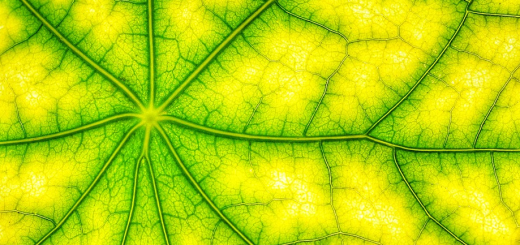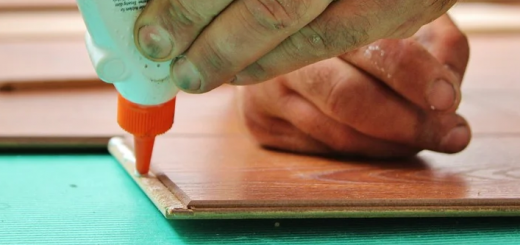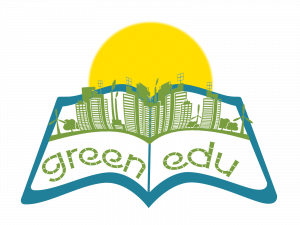Microplastics and Aquatic life

Author(s): Anatolia College
Summary
This lesson plan aims to introduce students to aquatic life and how plastic waste affects the aquatic ecosystem. They will understand what microplastics are and how they enter the food chain.
Aim of the lesson
By the end of this lesson students will:
- Learn about plastic waste
- Learn about marine life
- Learn about separation methods
- Follow the Scientific Method
Activities
| Name of activity | Procedure | Time |
| Introduction to Plastics | Can we live without plastic?Students think about all products that are made of plastic and imagine a world with no plastic .Students are introduced to basic concepts of green Chemistry and are asked to think how we can use plastics more efficiently. | 30min |
| Lab work 1: | Ask students to bring different plastics from home . Some common types of plastic are the following Polyethylene terephthalate (PET). Nearly a quarter of all plastic bottles-including carbonate beverage bottles-are made from this type of plastic. So are meat wrappers, filling for pillows, and cosmetic wrappings.High-density polyethylene (HDPE). This type of plastic is used to make about 60 percent of all plastic bottles, such as those containing milk, detergents, shampoo, bottled water, juices, and antifreeze. It’s also used for plastic grocery bags and freezer bags.Polyvinyl chloride (PVC). Some bottles-primarily those used to hold cleaning agents-are made from this type of plastic. So are electrical conduit, plumbing pipes, blister packs, and roof sheeting. A variation of this type of plastic is used to make garden hose, shoe soles, blood bags, and cable sheathing.Low-density polyethylene (LDPE). This type of plastic is used in filmy-type bags such as garbage and bread bags, squeeze bottles, garbage cans, and irrigation tubing.Polypropylene (PP). Microwave containers, drinking straws, potato chip bags, yogurt containers, plastic buckets, and plastic patio furniture all originate from this kind of plastic.Polystyrene (PS). This kind of plastic is used to make deli and salad bar take-out containers, plastic cutlery, clear plastic cups, and plastic sleeves for cookies or crackers. A variation of this type of plastic is Styrofoam, used for beverage cups, meat-packaging trays, and protective packaging.https://www.teachervision.com/earth-science/how-can-different-polymers-be-identified Ask students to make a chart and observe different properties of plastics. Observations could be color, rigidity, softness etc.Students could make a simulation salt water (35 gr of salt in 1litre of water) and evaluate what plastic objects float and what sink. | 90min |
| Microplastics & The Great Pacific Garbage Patch | 1.How long does plastic live? Life cycle of plastic2. Introductory video: https://www.youtube.com/watch?v=KpVpJsDjWj83. What are microplastics ? Are microplastics dangerous for our health?4.Introductory video about the great pacific patch https://www.youtube.com/watch?time_continue=3&v=Nh6lkv1udb0&feature=emb_logo5.Microplastics in the food chain. https://www.whoi.edu/oceanus/feature/junk-food/ 6.What happens when we through thing away? Students create a story about the journey of a plastic bottle or bag. | 90X min |
| Lab work 2 : Sampling for microplastic in sand and water. | Students can learn about different separation methods simulating microplastics in sand and water.Prepare sand with pieces of different kind of plastic in different sizesPrepare sea water with different kind of plastic in different sizes. Ask students to think of ways to separate the plastic from the sand and the water. Let them test their ideas.Discuss with students how effective their methods were and how they could improve them. Did they have any green chemistry concepts when designing their method?Finally discuss different separation methods used by chemists. https://www.youtube.com/watch?time_continue=1&v=q8Ent5CXhfY&feature=emb_logo | 90Xmin |
| Lab work 3 : Citizen Science- Marine Debris tracker | http://marinedebris.engr.uga.edu/Students explore the citizen science project about marine debris. If they live near the sea they could explore in a field trip marine debris in their area. | 45min |
